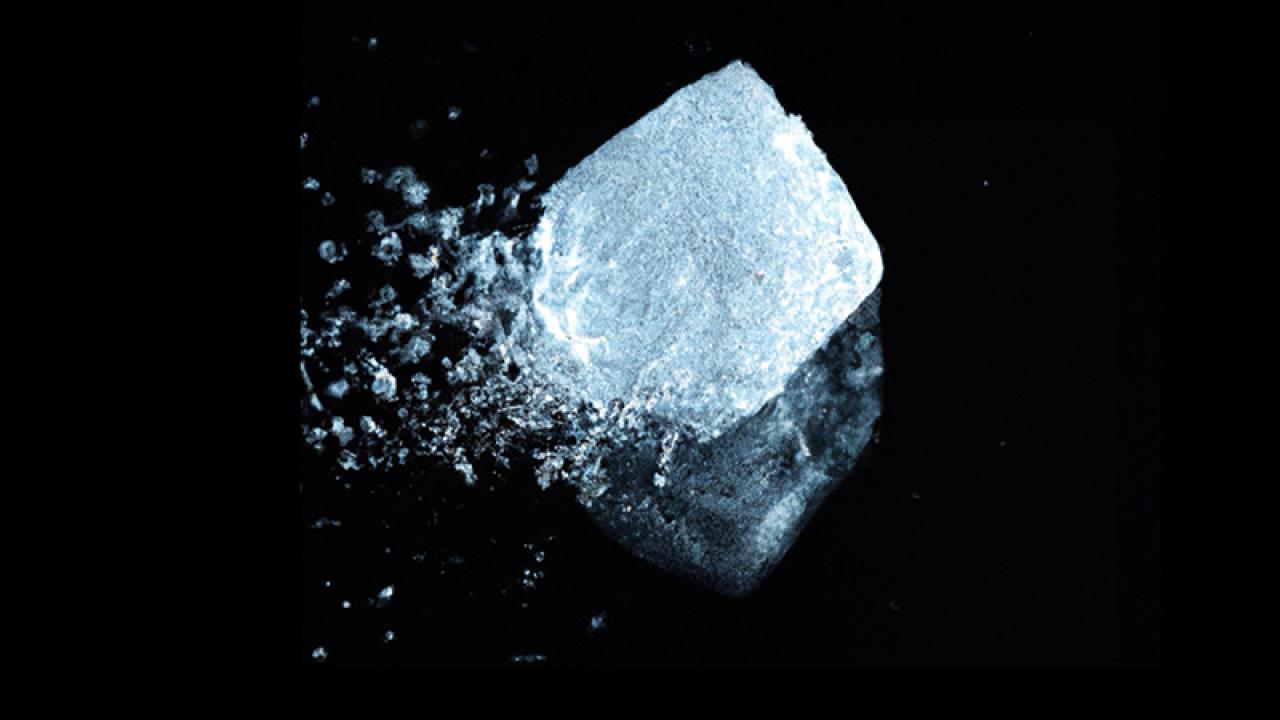Common desalination methods demand a great deal of energy and are not cost-effective. To address those challenges, UCLA materials scientists have developed a novel solution using radiative cooling — a natural phenomenon that dissipates heat as thermal radiation into the night sky and outer space, which reduced salt concentration by as much as 96%.
“By using the cold of outer space as a natural heat sink, highly saline water can be cooled into pure ice that approaches drinking water quality as dissolved salts are squeezed out during the freezing process,” said lead researcher Aaswath Raman, an assistant professor of materials science and engineering at the UCLA Samueli School of Engineering. “Our desalination concept’s biggest advantage is that it works passively, with no energy required to freeze the water. That’s a huge advantage compared to energy-intensive conventional techniques.”
“While there remains much work before the system can be commercialized, our detailed modeling showed that not only does our system work, it has tremendous potential to be very cost-competitive and a game changer for many challenging desalination scenarios, particularly in the context of reducing carbon emissions,” Raman noted.
The research team is composed of current or former members of Raman’s research group at the engineering school, including study lead author Xin Huang, a materials science doctoral student; former postdoctoral scholar Jyotirmoy Mandal, who was a Schmidt Science Fellow and is now an assistant professor at Princeton University; and former doctoral student Jin Xu.
Read more at UCLA Samueli Newsroom.
Image Source: The Raman Lab/UCLA





